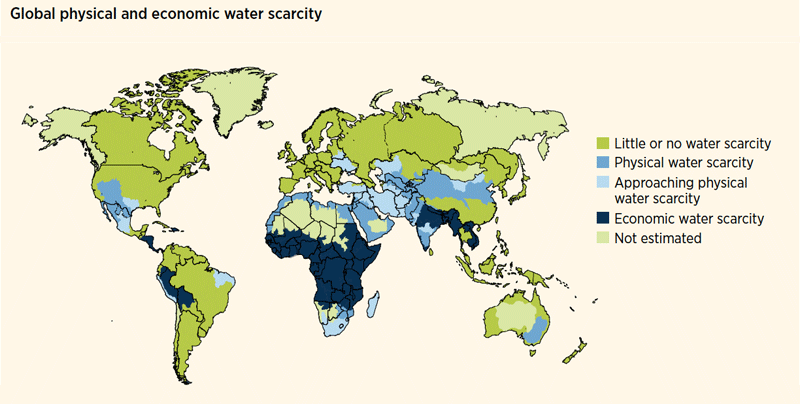Global water scarcity is a complex challenge encompassing both physical and economic dimensions. On the physical side, many regions around the world face water scarcity due to factors such as population growth, climate change, and inefficient water use practices. This scarcity is manifested in dwindling water sources, such as rivers and aquifers, leading to a strain on the availability of freshwater for various uses.
Economic water scarcity, on the other hand, arises when a region lacks the necessary infrastructure or financial resources to access, treat, and distribute available water sources effectively. This economic dimension often exacerbates the impact of physical scarcity, limiting communities' ability to meet their water needs for agriculture, industry, and daily life.
Economic water scarcity, on the other hand, arises when a region lacks the necessary infrastructure or financial resources to access, treat, and distribute available water sources effectively. This economic dimension often exacerbates the impact of physical scarcity, limiting communities' ability to meet their water needs for agriculture, industry, and daily life.
The consequences of water scarcity are profound, affecting ecosystems, agriculture, and human health.
783 million people, or 11% of the global population, remain without access to an improved source of drinking water. 80% of the world's population lives in areas where the fresh water supply is not secure. Furthermore it is currently estimated that by 2025 over two-third of the worlds population could be living in water stressed conditions.
You can learn more about water scarcity from the following books:

This post may contain affiliate links. As an Amazon Associate, I earn from qualifying purchases.